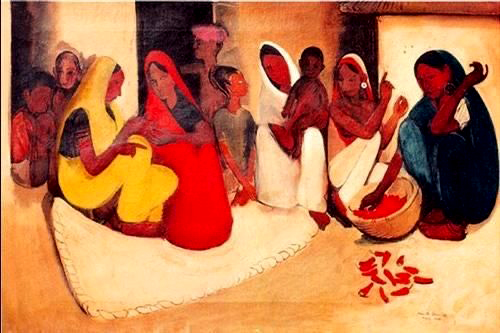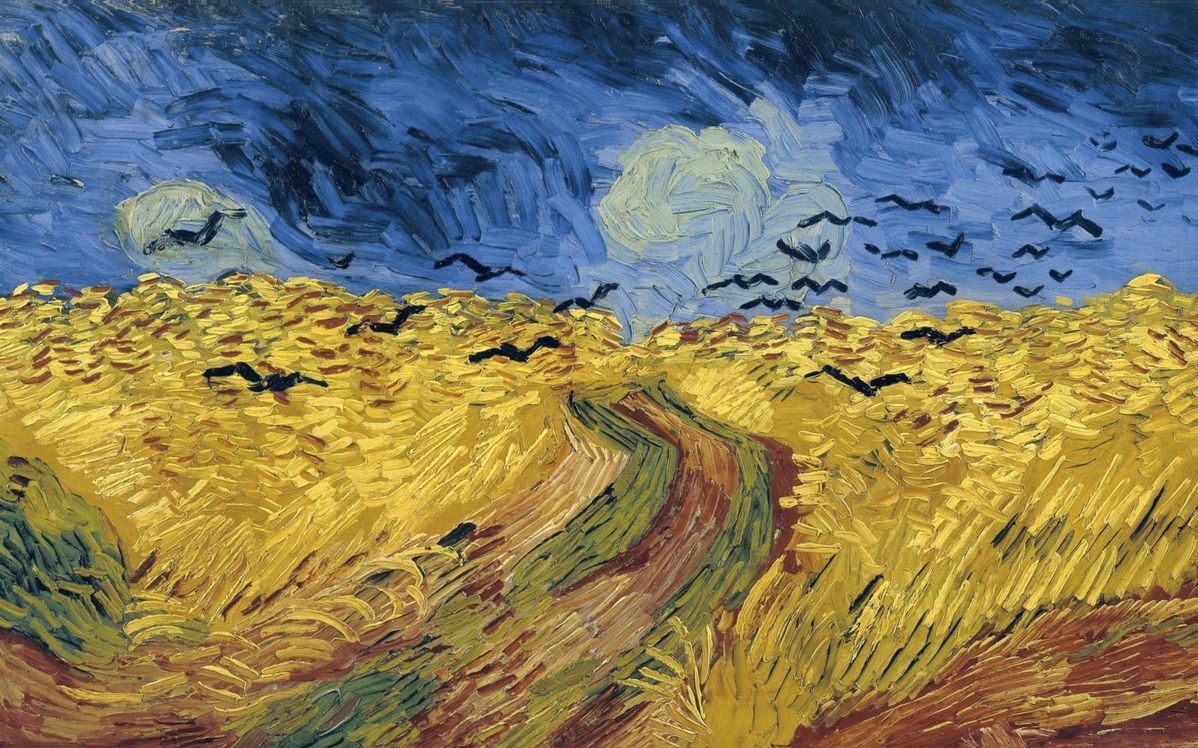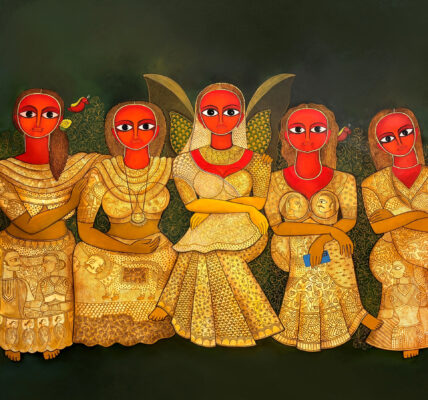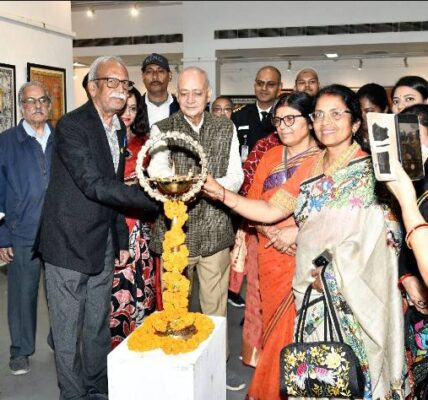Amrita Sher-Gil: The Rebel of Modern Indian Art
Amrita Sher-Gil, born in 1913 in Budapest, Hungary, is one of India’s most celebrated avant-garde women artists. Her bold and expressive style, combined with her unique perspective as a woman in the early 20th century, has earned her a place among the greats in Indian art. Sher-Gil’s most famous works include “Three Girls,” “Bride’s Toilet,” and “Village Scene,” which vividly depict the lives and struggles of Indian women.
Sher-Gil’s rise to prominence began with her formal art training in Paris at the École des Beaux-Arts, where she was influenced by European artists such as Paul Cézanne and Paul Gauguin. Her painting “Young Girls” won her a gold medal and election as an Associate of the Grand Salon in Paris, making her the youngest ever and the only Asian to receive this honor. Upon returning to India, she immersed herself in Indian life, drawing inspiration from rural settings and traditional themes.
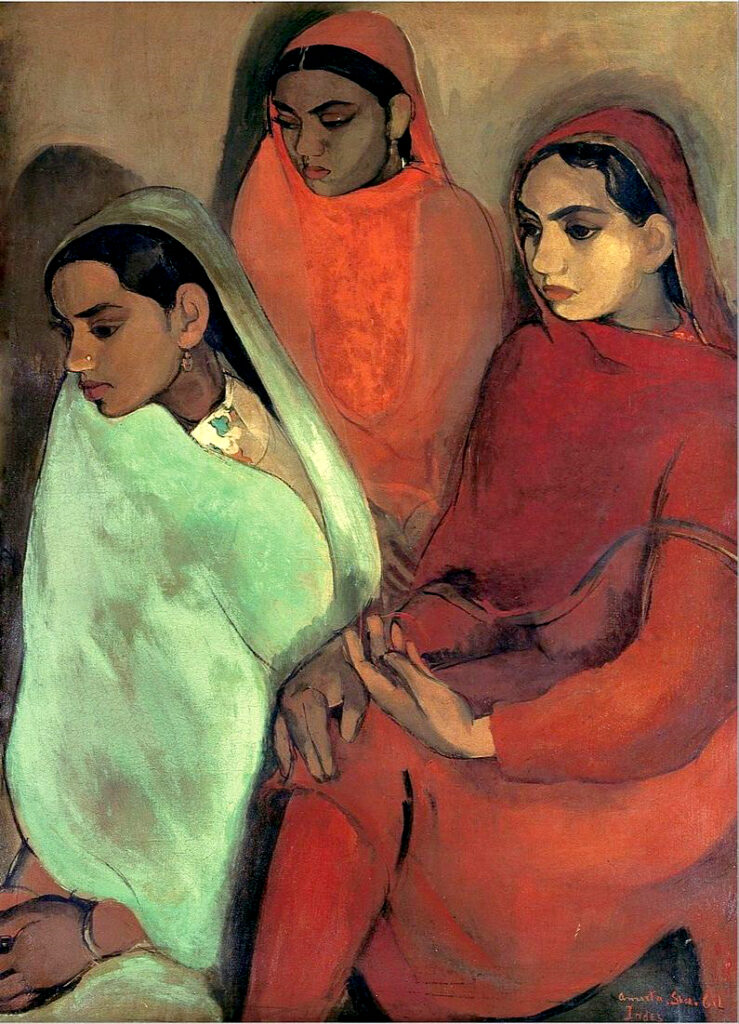

Despite her success, Sher-Gil’s life was fraught with controversy. Her unconventional lifestyle, including her relationships with both men and women, and her defiance of societal norms, often scandalized conservative Indian society. Moreover, her candid portrayal of Indian women’s plight drew both admiration and criticism. Sher-Gil was unapologetic about her choices, and her fearless approach to both life and art made her a trailblazer.
Sher-Gil’s personal life was marked by complexity and intensity. She was born to a Hungarian-Jewish opera singer mother and a Sikh aristocrat father, which gave her a multicultural perspective. Her childhood was spent between Hungary and India, enriching her artistic vision. In 1938, she married her cousin, Victor Egan, a Hungarian doctor, but her untimely death in 1941 at the age of 28 cut short her promising career.


Amrita Sher-Gil’s legacy as a pioneer of modern Indian art endures. Her paintings, often compared to those of Frida Kahlo, continue to inspire and provoke thought. Her fearless exploration of identity, gender, and social issues through her art has cemented her place as a significant figure in art history. Today, her works are housed in major galleries, and she is celebrated as a national treasure in India.

